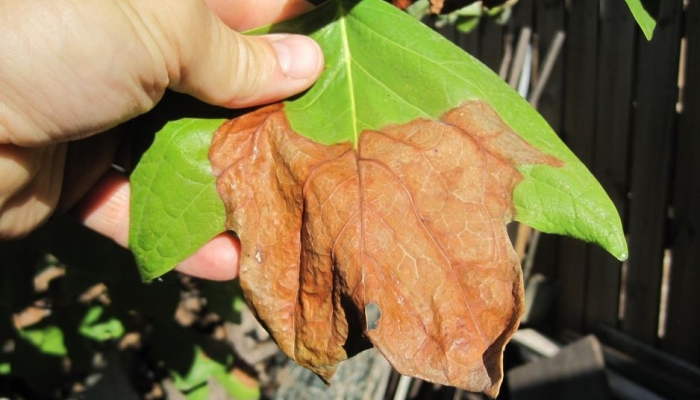Drought & Tree Watering
By Justin Evertson, Nebraska Forest Service
Wherever we can, we should be working to help trees and other landscape plants survive the drought. Of course, when we’re in a drought, water conservation is also an important topic. So how do we help trees and other important plants survive with water conservation in mind? Here are a few quick but brilliant suggestions I would offer for helping trees and other landscape plants during drought:
- Water young and newly planted trees first. Even if you have to water from a bucket, every little bit helps. Try to water once a week until the rains return.
- Established trees that are more prone to drought are the next priority for watering. Using a soaker hose is a good idea for watering the broader-stretching root zones of established trees. Perhaps try to water every other week for established trees.
- Know the species! Some trees are amazingly drought tolerant including bur oak, red cedar, hackberry, honeylocust, coffeetree, elm, linden and silver maple. Other species are wimps including red maple, birches, magnolia, tulip tree, white pine and serviceberry.
- Location can make a big difference. Trees on north facing slopes or at the bottom of slopes or in irrigated landscapes will likely need less water than those at the top of slopes or those facing south or west.
- Trees planted in association with other things like shrubs or groundcovers that help shade the ground will dry out much more slowly than those surrounded by non-irrigated lawn.
- Mulch helps a lot to make young trees more drought resistant.
- Shifting to a more drought tolerant landscape is a good idea and plant selection and management is critical to this effort. We don’t have time for it here, but lawn type and management is a big factor in this. Also, it’s easier to reinvigorate a lawn after a drought than to replace important trees or shrubs. When drought kicks in, worry less about the lawn and more about the trees!
Order Trees Via the Upper Big Blue NRD Conservation Tree Program

